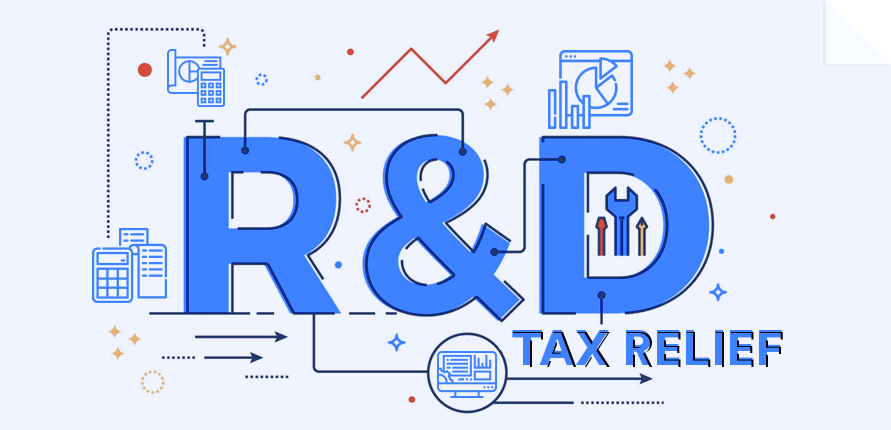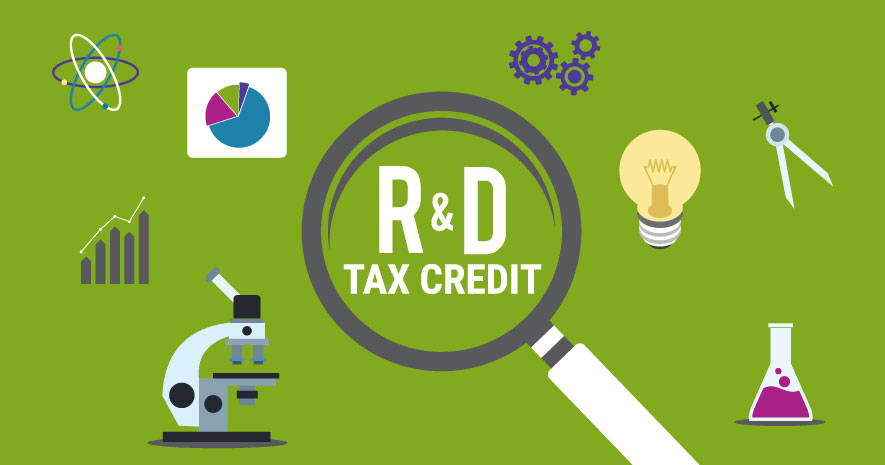
In these days’s competitive enterprise panorama, corporations are continuously seeking ways to innovate, improve operations, and decrease fees. One of the most disregarded incentives for innovation is the Research and Development Tax Credit—a effective tax-saving opportunity designed to praise U.S. Groups for making an investment in innovation.
Whether you’re developing new merchandise, enhancing manufacturing processes, or experimenting with new technologies, the studies and improvement tax credit score might be a game-changer for your enterprise. But what precisely is it, and who can declare it?
Understanding the Research and Development Tax Credit
The R&D tax credit score turned into first added in 1981 as a temporary provision to stimulate technological advancement in the United States. It became everlasting in 2015 through the Protecting Americans from Tax Hikes (PATH) Act. The credit score is designed to incentivize agencies to invest in studies and development sports by using providing a tax credit score based on a percentage of qualifying R&D prices.
This credit score can be carried out against earnings tax legal responsibility—and in certain cases, even in opposition to payroll taxes. The benefit may be considerable, regularly ensuing in tens or even loads of thousands of greenbacks in tax financial savings for eligible businesses.
What Activities Qualify as R&D?
Contrary to famous belief, R&D isn’t restrained to scientists in lab coats or massive tech firms. Many industries—from software program and production to food production and agriculture—can have interaction in qualifying research activities.
To decide whether your work qualifies, the IRS applies a four-element check:
- Permitted Purpose: The pastime must goal to broaden or improve a product, system, technique, system, or software program.
- Technological in Nature: The hobby must rely on difficult sciences including engineering, biology, chemistry, or laptop science.
- Elimination of Uncertainty: You need to reveal which you tried to solve technical uncertainty concerning the functionality, technique, or layout of a product or procedure.
- Process of Experimentation: The pastime need to involve a process of trying out, modeling, simulating, or comparing alternatives.
If your undertaking meets all four standards, there may be an amazing threat it qualifies for the R&D credit score.
Common Qualifying Industries
Many groups neglect the research and improvement tax credit score clearly because they don’t remember their daily operations as “research.” In fact, businesses in a huge type of sectors might also qualify, such as:
- Manufacturing: Developing prototypes, improving product designs, or optimizing manufacturing strategies.
- Software Development: Creating or improving software program for internal or external use.
- Architecture and Engineering: Designing electricity-green homes or growing new construction techniques.
- Food and Beverage: Experimenting with recipes, packaging, or production procedures.
- Agriculture: Enhancing crop yields or growing new farming technology.
At Renaissance Advisory, we often help clients across those industries find R&D sports they didn’t even realise qualified.
What Expenses Are Eligible?
Once you’ve identified qualifying R&D activities, the following step is to pinpoint eligible costs. These commonly fall into 4 predominant categories:
- Wages: Compensation paid to employees who carry out, supervise, or help certified R&D activities.
- Supplies: Materials used or consumed inside the R&D manner (with the exception of capital items and standard administrative supplies).
- Contract Research: Payments to 0.33-celebration contractors conducting studies to your behalf (normally at sixty five% of real expenses).
- Cloud Computing: In certain instances, fees related to cloud-primarily based systems used for R&D can qualify.
These prices can quickly upload up—and they shape the premise for calculating your R&D tax credit.
How the Credit Is Calculated
There are primary techniques for calculating the credit score:
- Regular Credit Method
This approach gives a credit of 20% of qualified R&D expenditures that exceed a base quantity. The base amount is calculated the use of a components that takes into account your historical gross receipts and prior R&D spending. - Alternative Simplified Credit (ASC) Method
The ASC approach provides a credit score same to 14% of qualified R&D expenses that exceed 50% of the common R&D costs over the preceding 3 years. This technique is frequently less difficult for more recent organizations or those with constrained documentation from past years.
Choosing the right calculation technique can extensively impact your credit score quantity, which is why professional steerage is vital.
Who Can Claim the R&D Credit?
The splendor of the studies and improvement tax credit score is that it’s not confined to massive corporations. Thanks to enhancements underneath the PATH Act, small and mid-sized groups—even startups—can advantage.
To qualify:
- Your commercial enterprise need to be a U.S.-based organization appearing qualifying R&D activities.
- You have to have qualified research costs.
- Startups with less than $five million in gross receipts and no greater than 5 years of revenue can observe the credit score against payroll taxes, as much as $500,000 in step with yr.
This has been a large win for early-level groups struggling with preliminary profitability but actively investing in innovation.
How to Claim the Credit
Claiming the R&D tax credit score includes completing Form 6765, “Credit for Increasing Research Activities,” and attaching it on your federal profits tax return. You’ll need to substantiate your declare with right documentation, including:
- Project descriptions
- Time tracking records
- Expense breakdowns
- Technical specs or testing consequences
It’s no longer pretty much proving you probably did R&D—it’s about proving how. That’s wherein many companies run into problem or go away money on the table.
Why Work With Renaissance Advisory?
Navigating the nuances of the research and development tax credit may be complicated. From figuring out qualifying sports to calculating the credit and assembling the right documentation, the system calls for specialized knowledge.
At Renaissance Advisory, we focus on uncovering hidden tax credit and assisting organizations maximize their claims with minimal disruption. Our contingency-based totally model approach you pay not anything except we deliver actual financial savings.
Our crew works at once along with your finance and technical workforce to gather the proper facts, substantiate your claim, and help you in the occasion of an IRS overview. Whether you’re exploring the credit score for the first time or need a 2nd opinion on beyond filings, Renaissance Advisory is right here that will help you release the total fee of your innovation.
Final Thoughts
Innovation is on the coronary heart of American enterprise—and the tax code rewards companies that pursue it. The research and development tax credit is a effective device to lessen your tax liability and reinvest in your business’s increase.
Yet many eligible groups both don’t understand the credit score exists or assume they don’t qualify. Don’t go away cash on the table. If your enterprise is developing, enhancing, or experimenting, there’s a good threat you’re entitled to assert this treasured gain.
Let Renaissance Advisory be your manual to coming across and taking pictures the credits your commercial enterprise merits.
Ready to discover your eligibility for the R&D tax credit score?
Contact Renaissance Advisory nowadays for a no-chance consultation. Innovation will pay—and we’ll help you make sure it does.
